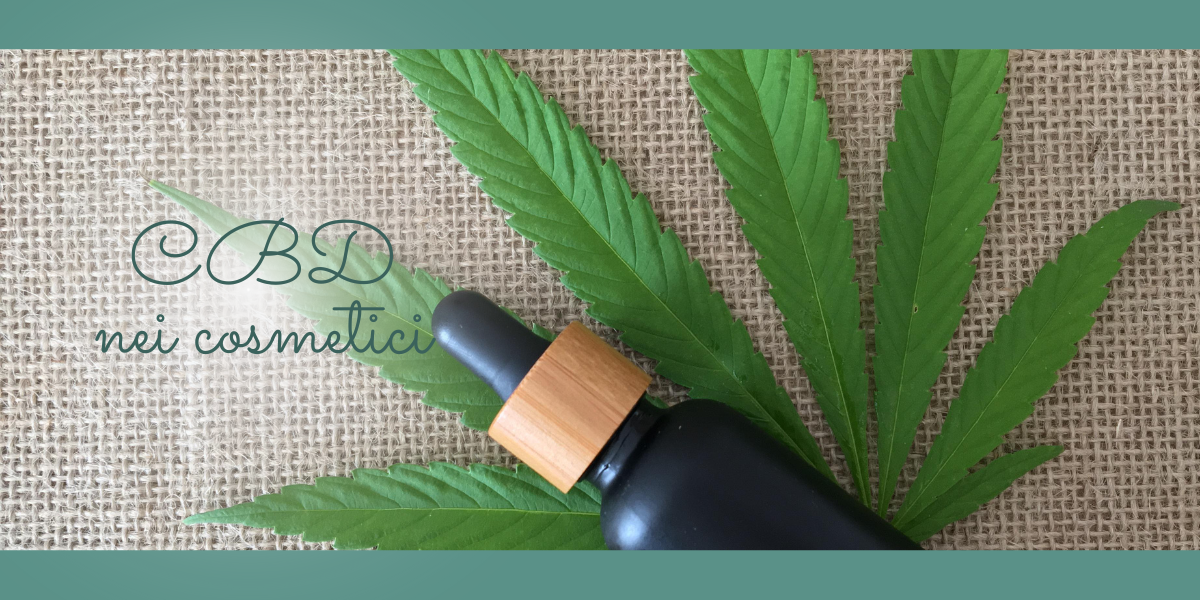28/02/2025
CBD in Cosmetics: Benefits, Safety, and Opportunities for the Industry
The world of cosmetics is constantly searching for innovative ingredients that can meet the growing demands of consumers. Among these, cannabidiol (CBD) has emerged as one of the most discussed and appreciated elements in recent years.

Extracted from the Cannabis sativa plant, this compound is known for its antioxidant and soothing properties, making it a valuable ingredient in cosmetic formulations.
Cannabidiol: what it is and why it is used in cosmetics
Cannabidiol (CBD) is one of the main non-psychoactive compounds found in the Cannabis sativa plant. Unlike tetrahydrocannabinol (THC), it does not alter mental state and is considered safe for topical use. Its biological properties have attracted the attention of the cosmetics industry, leading to its inclusion in creams, serums, oils, and face masks.
This molecule interacts with the skin’s endocannabinoid system, a complex biological system involved in regulating various skin functions such as sebum production, inflammatory response, and cell regeneration. This interaction makes it a valuable ally in addressing various skin concerns.

Properties of Cannabidiol in Cosmetics
The benefits of CBD for the skin are well-documented, encompassing several synergistic actions that enhance both skin appearance and health.
CBD is a powerful antioxidant. Daily exposure to environmental factors such as pollution and UV rays causes oxidative stress, accelerating skin aging. This compound helps neutralize free radicals, protecting the skin from environmental damage and contributing to a youthful and healthy complexion.
Another key benefit is its ability to regulate sebum production. Several studies have shown that CBD can modulate sebaceous gland activity, making it particularly useful for oily and acne-prone skin by reducing shine and preventing the formation of comedones.
Finally, cannabidiol has calming and soothing properties, making it especially beneficial for individuals with sensitive or irritation-prone skin. Formulations containing CBD are often used to alleviate redness, itching, and discomfort. Its effectiveness in counteracting inflammatory processes also makes it ideal for treating skin conditions such as acne, eczema, psoriasis, and rosacea, helping to reduce redness and irritation while improving overall skin appearance.
Regulatory Framework in Cosmetics
The use of CBD in cosmetics is subject to regulations that vary globally.
In Europe, cannabidiol extracted from the seeds or leaves of the Cannabis sativa plant is considered legal in cosmetics, provided it contains no traces of THC. However, extracts derived from flowers or buds are more strictly regulated. The European Cosmetics Regulation (Regulation (EC) No. 1223/2009) establishes that all ingredients must be safe for their intended use.
The International Nomenclature of Cosmetic Ingredients (INCI) recognizes CBD as "Cannabidiol" and allows its use in cosmetics, provided the final product is safe for consumers. European regulations are based on the principle of product safety and the absence of psychoactive effects.
In Italy, CBD use follows European directives, but manufacturers must ensure the absence of THC and source raw materials from authorized suppliers.
In the United States, the regulatory landscape is more complex. While CBD derived from hemp (with THC content below 0.3%) is legal at the federal level, the FDA has not yet officially approved its use in cosmetics. However, many states have implemented specific regulations that allow its inclusion in topical products.
For suppliers and manufacturers, staying updated on local regulations is essential to ensure that raw materials comply with safety and legal standards.

Market Opportunities for Suppliers and Manufacturers
The market for cannabidiol-infused cosmetics is rapidly expanding. According to recent market analyses, the sector is expected to grow significantly in the coming years, driven by the increasing demand for natural and functional products.
For raw material suppliers, CBD represents an opportunity to diversify their offerings with high-quality, certified, and safe ingredients. Sourcing from reliable and transparent suppliers will be a key factor in attracting brands and manufacturers.
Contract manufacturers can capitalize on this trend by offering customized cosmetic lines, catering to brands looking to launch innovative products that align with market demands. Moisturizing creams, anti-aging serums, massage oils, and lip balms are among the most sought-after products.
Additionally, cosmetic brands can benefit from consumers' growing interest in cannabidiol by introducing skincare lines that emphasize wellness while leveraging the "green" and natural positioning of these products.
Safety Considerations and Consumer Perception
Despite its many benefits, the use of CBD in cosmetics still raises concerns among some consumers, mainly due to its association with cannabis. It is crucial for brands to communicate clearly and transparently about the ingredient, emphasizing that it is a safe substance with no psychoactive effects.
The safety of CBD-containing cosmetics is supported by various scientific studies confirming that it does not cause significant side effects when applied topically. However, it is always advisable to conduct skin tolerance tests and comply with existing regulations.
To enhance consumer trust, many brands choose to certify their products with quality labels such as "vegan," "cruelty-free," and "organic," as well as provide documentation on the ingredient’s origin and purity.

Conclusion
CBD represents one of the most promising innovations in the cosmetics industry in recent years. Thanks to its numerous skin benefits, the growing demand for natural products, and the opportunities offered by the market, it is set to play an increasingly central role in cosmetic formulations.
For suppliers, manufacturers, and brands, investing in this ingredient means seizing a unique opportunity to meet the needs of consumers who are increasingly conscious and attentive to skin wellness. However, it is essential to operate with transparency, comply with regulations, and offer safe, high-quality products.


